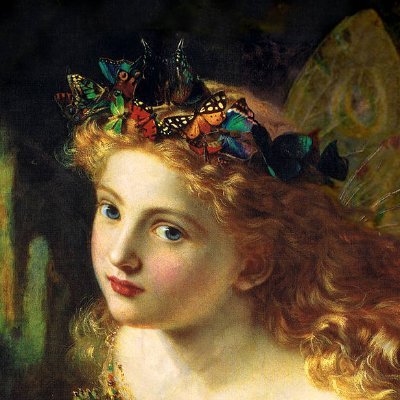In bed, by French painter Henri de Toulouse-Lautrec (1893). Musée d'Orsay.
The Silent Voice, by English painter Gerald Moira (1898). In private collection.
The Fairy Dance, by German painter Karl Wilhelm Diefenbach (1895). In private collection.
Fashion plate from La Belle Assemblee Dresses, May 1830. Victoria & Albert Museum.
Young Ladies Beside the Seine, by French painter Gustave Courbet (1857). Petit Palais.
A Midsummer Night's Dream, by French painter Gustave Doré (1870). In private collection.
Throughout his reign, Ludwig had a succession of close friendships with men, including his chief equerry and master of the horse, Richard Hornig, the Bavarian prince Paul von Thurn und Taxis, the Hungarian theater actor Josef Kainz, and his courtier Alfons Weber.
and would only come under Imperial control in times of war. Bavaria also kept its light-blue infantry uniforms, the Raupenhelm (until 1886), the Light Cavalry and some other peculiarities.
Not only did the Royal Bavarian army retain, like the kingdoms of Saxony and Württemberg, its own troops, War Ministry and military justice system, but it was also excluded from the Empire-wide regimental re-numbering of the army regiments
















